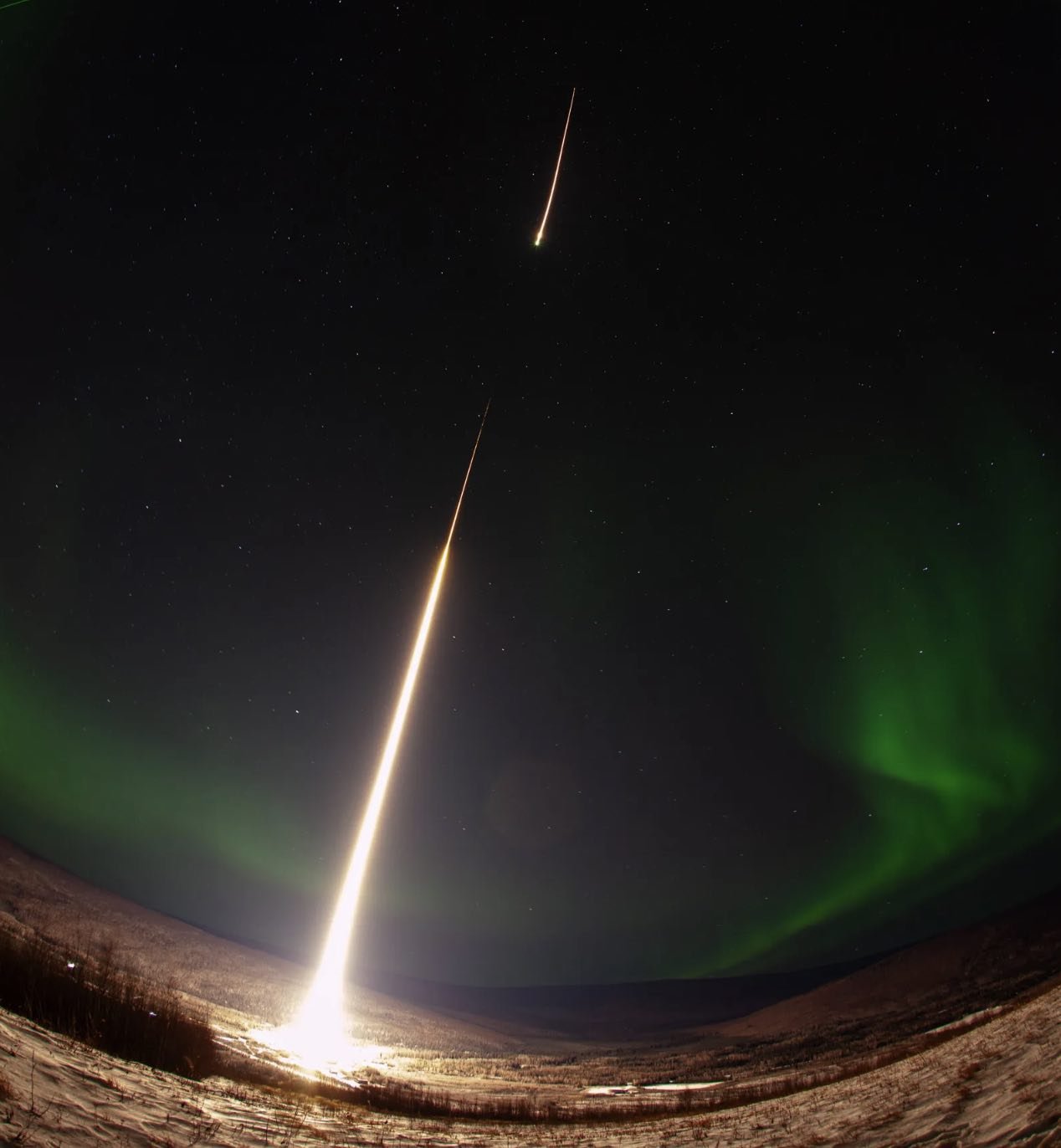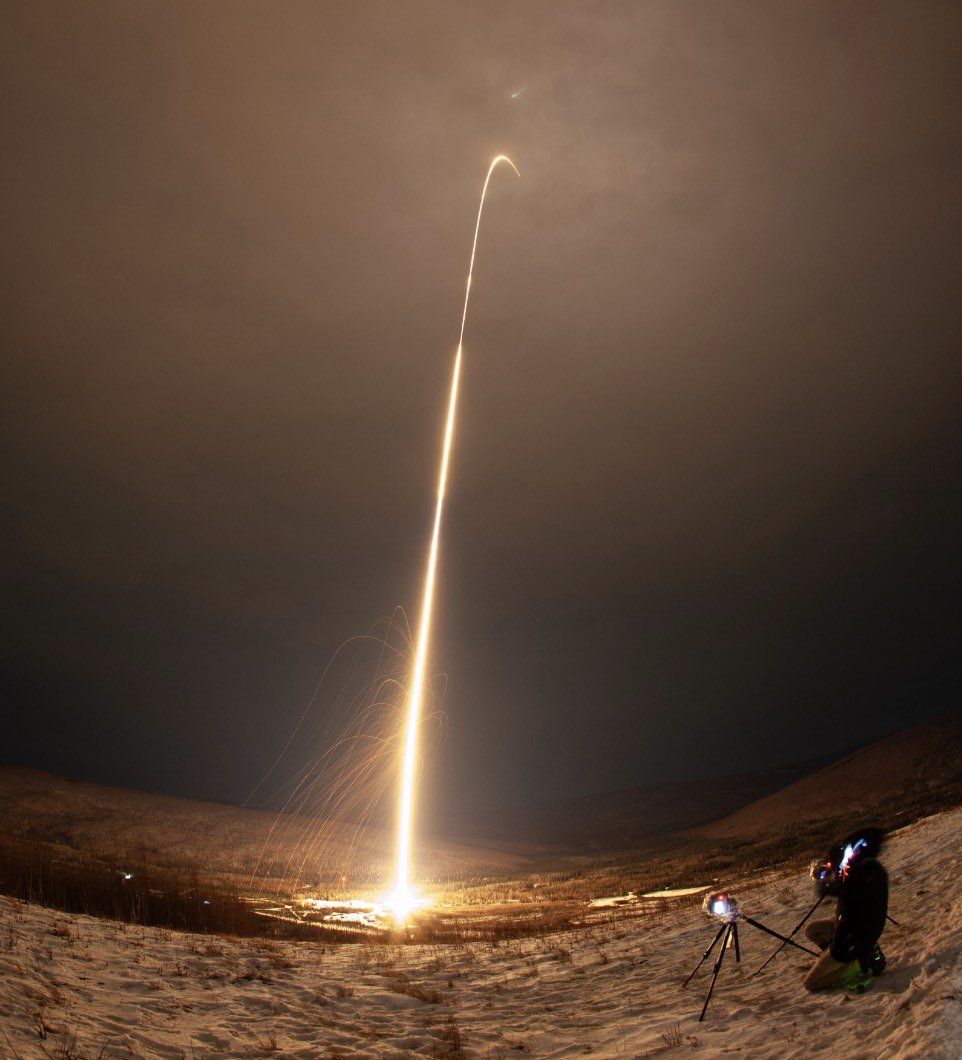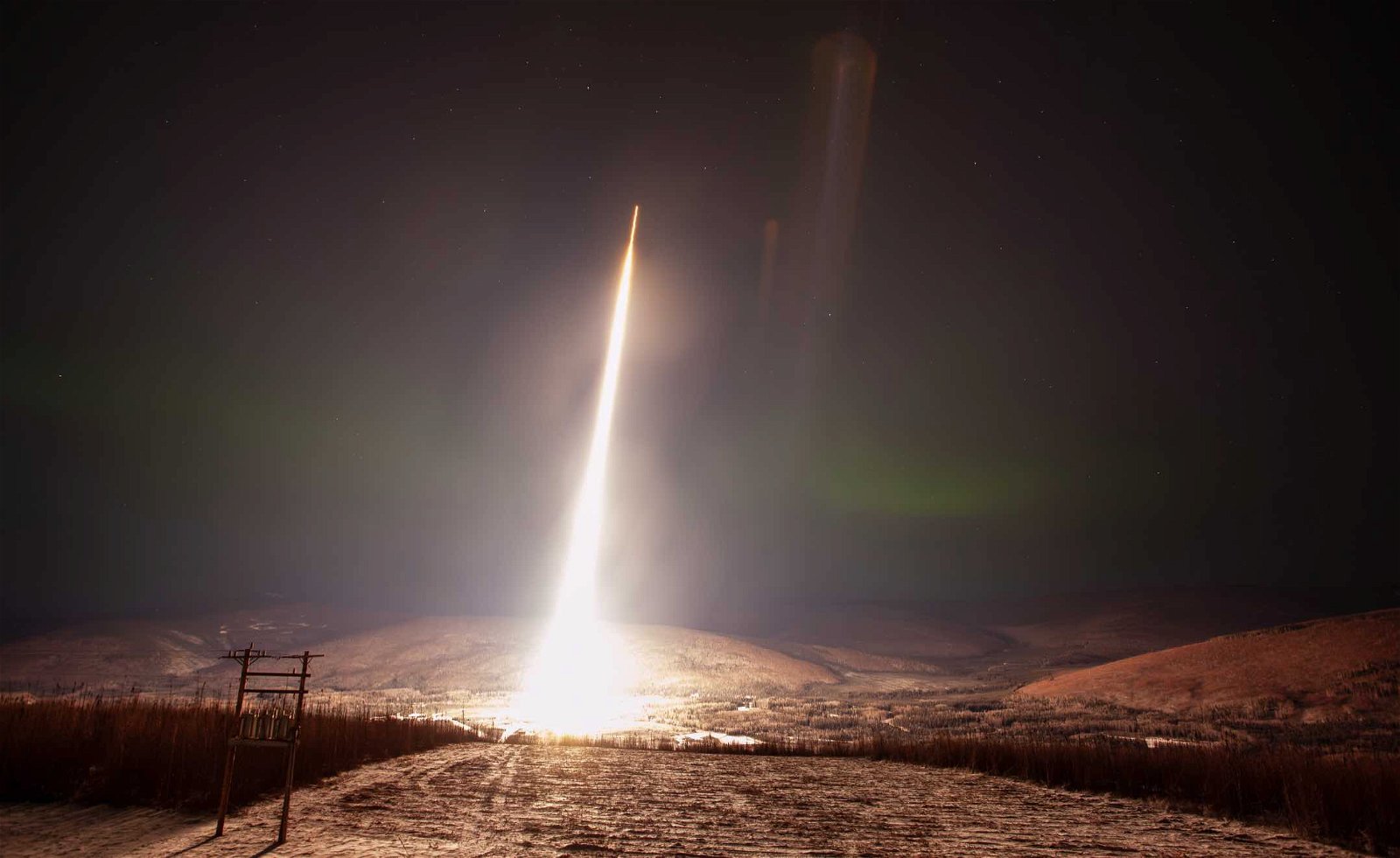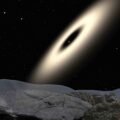On Wednesday, NASA launched a sounding rocket into the early morning skies above Fairbanks, as the wavering green glow of the aurora borealis danced over the Poker Flat Research Range near Mile 30 along Alaska’s Steese Highway.
The Wednesday launch was part of NASA’s DISSIPATION mission, managed out of Goddard Space Flight Center, which aims to capture data that will help scientists understand phenomena associated with auroras, including how high-altitude solar winds dissipate their energy, and how auroras contribute to heating the atmosphere, according to a NASA statement.
Part of the mission’s focus involves a region between 60 and 180 miles over the Earth and at latitudes above 65 degrees, known as the high-latitude ionosphere-thermosphere, where energy from charged solar wind particles is dissipated.
Researchers involved said that the launch, which occurred shortly after midnight, was timed perfectly with the peak of the aurora that morning, which lasted less than half an hour.


Aeronomist and planetary scientist Mehdi Benna, the experiment’s principal investigator, called Wednesday’s launch “exciting but nerve-racking.”
“The last four minutes of the countdown felt like hours as we waited for the last items on the launch checklist to be completed before the rocket could lift off,” Benna said in a statement.
The launch was a success, with the rocket’s sub-payload and the MoSAIC (Modular Spectrometer for Atmosphere and Ionosphere Characterization) instrument it carried parachuting to a safe position afterward, later to be retrieved with the aid of a transmitter beacon.
NASA later reported that all the instruments on board the rocket achieved their goal, and “captured data to understand how auroras heat the atmosphere and cause high-altitude winds.”
At the heart of the DISSIPATION mission is the collection of information that will help NASA understand how high-altitude energy disperses at higher latitudes, giving rise to the winds in the upper atmosphere close to the edge of space.
Winds at these altitudes play a key part in the dynamics of space weather for several reasons, which include the ways ionospheric mass and energy end up being distributed globally.
Primarily, the space agency hopes to improve its methods of space weather forecasting, which is a crucial component in helping to ensure the successful operations of global communications and navigation systems, as well as satellites, power systems, and other technologies vital to our everyday lives that can all be affected when stronger space weather events occur.
Following Wednesday’s launch, Benna said the real work begins, as he and his team will spend the next several months processing the information obtained with different instrumentation during the launch, which will be merged and eventually made public.
“The data collected will probably keep all of us busy for the next couple of years analyzing this specific auroral event through analytical and numerical modeling,” Benna said in a statement.
Wednesday’s launch wasn’t the only rocket NASA fired from Poker Flat this week.
A second sounding rocket lifted off around the same time the following morning, as part of the Beam-Plasma Interactions Experiment (BEAM-PIE), which aims to trigger a rain of charged particles from space into the upper atmosphere along the planet’s magnetic field lines. The rain of particles is produced by creating very low frequency (VLF) radio waves achieved with a pulsed electron beam.
The sounding rocket launched on Thursday was armed with an electron accelerator, which generated the beam, along with an additional payload of radio wave receivers. Devices equipped to gauge the presence of plasma during the launch, which is produced when particles become electrically charged, were also on board.
Among its goals, researchers hope that the BEAM-PIE experiment will be able to provide insights into how problems associated with charged particles that remain in space after nuclear blasts can be mitigated.
In 1962, a 1.4-megaton nuclear device was detonated over Johnston Island in the Pacific as part of Starfish Prime, an operation conducted jointly between the Atomic Energy Commission and the Defense Atomic Support Agency, which resulted in the largest nuclear test conducted in space. In addition to producing an electromagnetic pulse (EMP) shockwave that temporarily disabled power as far away as Hawaii, an artificial radiation belt “of considerable intensity” was also produced from the blast.
Data collected through the successful BEAM-PIE launch could lead to better strategies for the removal of charged particles that linger in space after nuclear blasts.
However, head of Thursday’s launch, researchers on-site weren’t certain that the electron beam used for the experiment would succeed in generating VLF waves.
“I was giving odds at about 50/50,” admits Geoff Reeves, chief scientist for the Intelligence and Space Research Division at Los Alamos National Laboratory, who is also principal investigator of the BEAM-PIE experiment.
Despite the odds, the launch ended up being “flawless”, Reeves said in a statement.


“It was a pretty risky and innovative experiment,” Reeves added.
Unlike the conditions of Wednesday’s launch, Reeves and his team needed a clear night where no aurora was present, since the colorful northern lights displays can also generate radio waves that would have affected Thursday’s launch.
That isn’t to say that there couldn’t have been at least some auroral lights visible during Thursday’s launch, although they wouldn’t have been the usual kind observed over Alaska. During the launch, a separate team located at Toolik Field Station had been positioned with a special camera, prepared to capture imagery of an artificial aurora which Reeves and his team said might be produced by the experiment’s electron beam.
“It will take some analysis to determine what they saw,” Reeves said in a statement issued after the launch, although he confirmed that all instrumentation used during the BEAM-PIE experiment had functioned perfectly as designed.
“We’re anxious to analyze the data and see whatever we see,” Reeves said.
The Poker Flat Research Range, operated under a contract with NASA’s Wallops Flight Facility, is owned by the University of Alaska Fairbanks Geophysical Institute. Wallops is part of NASA’s Goddard Space Flight Center.
For close to four decades, NASA’s Sounding Rocket Program has been used to collect information about a range of scientific endeavors. Today, the space program recognizes it as “one of the most robust, versatile, and cost-effective flight programs at NASA.”
This year, a total of 18 sounding rocket launches were scheduled, including the recent pair that kicked off the launches this month at Poker Flat.
Micah Hanks is the Editor-in-Chief and Co-Founder of The Debrief. He can be reached by email at micah@thedebrief.org. Follow his work at micahhanks.com and on Twitter: @MicahHanks.

